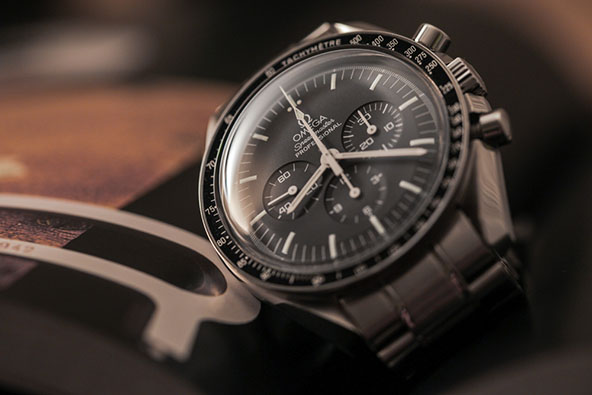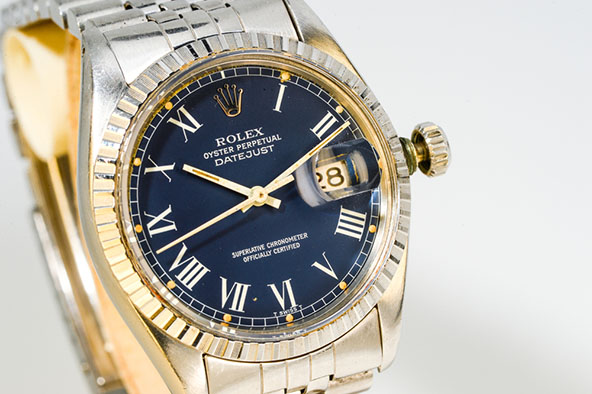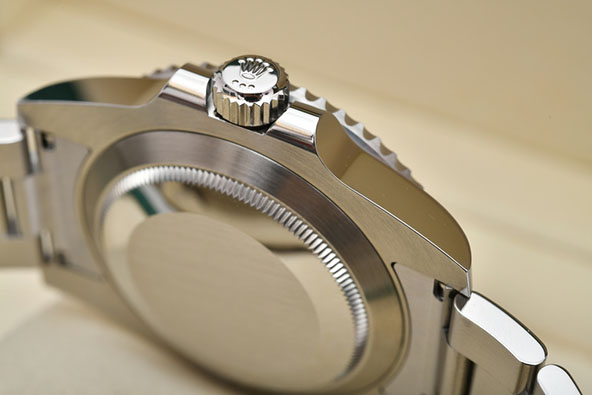Omega vs. Rolex: Which Is Best for You?
1st May 2023
Luxury watches aren't just fashionable accessories; they are also financial assets. So, if you're in the market for a classic timepiece, two questions are paramount: What brands best hold their value, and what company makes watches that complement your style?
For decades, Omega and Rolex have ranked at the top of their class, so you're getting an heirloom timepiece regardless of which brand you choose. While some people prefer the look of a men's two-tone Rolex, others find that the Omega Speedmaster is more up their alley.
A Brief History of Omega
Swiss watchmaker Louis Brandt founded La Generale Watch Co. in 1848. In 1903, his sons, Louis-Paul and César, changed the name to Omega. The brand became popular over the following decades. Several militaries across Europe and North America began using precision-perfect watches.
Notably, Buzz Aldrin, the second person who set foot on the moon, wore an Omega Speedmaster Professional Chronograph while taking the historic step.
Known for its excellence and precision, Omega has been the Olympic Games’ Official Timekeeper since 1932.

Source: Portal Satova/Shutterstock.com
In the 1980s, the company changed its name to Omega SA. It solidified its historical significance by opening a corporate museum in Biel/Bienne, Switzerland. Today, as a subsidiary of the Swatch group, Omega remains a luxury watch brand favored by the one percent.
A Brief History of Rolex
In 1905, Hans Wilsdorf and Alfred Davis started Wilsdorf and Davis in London, England. The company mainly imported Hermann Aegler's Swiss movements, changed the casing, and then sold the finished products to jewelers who put their own names on them.
In 1908, Wilsdorf trademarked the name Rolex for the company's signature line and opened an office in the world's watch hub: Switzerland. By 1915, they'd changed the business name to Rolex Watch Co. Ltd. and moved the entire operation to Geneva.
In the 1920s, the brand came into prominence with the introduction of its waterproof casings known as the Oyster line. In the 1930s, Rolex patented the Perpetual, a self-winding rotor, rendering the Oyster Perpetual one of the most sought-after models on the market.

Source: Jitjaroen Channarong/Shutterstock.com
Since the mid-20th century, Rolex has been a preferred brand of royals and the rich and famous. Furthermore, certain models, like pre-owned Submariners, continue to perform well on the resale market.
Discover Our Pre-owned Rolex Watches
Similarities Between Rolex and Omega
Rolex and Omega have the following similarities:
- Notable histories: Omega and Rolex are luxury watches with rich histories that make a statement.
- Advancing technology: Both brands made significant advancements in the craft of timekeeping.
- Specialized watches: Both companies make timepieces for specialized interests like sailing, diving, and aviation.
- 5-year Warranties: Rolex and Omega both offer five-year warranties, which is three more years than you'll find with most other brands.
- Quality materials: The two watchmakers use quality base materials, including gold, platinum, and stainless steel. Options featuring precious gemstones are also available.

Source: i viewfinder/Shutterstock.com
Differences Between Rolex and Omega
Despite their similarities, some features make one or the other preferable for a given circumstance.
Advantages of Omega
If the following are important to you, you may want to try Omega:
- Accuracy: While Rolex watches are highly accurate, Omega edges them out in this category, providing near-scientific precision.
- Lower entry price: Entry-level Rolexes are pricier than comparable Omegas. However, the brands' pricing becomes more in sync as the models become more specialized.
- Innovation: Omega watches are more lauded for technological innovations.
Advantages of Rolex
Here are some areas where Rolex outshines Omega:
- Sophisticated style: Rolexes are most praised for their style.
- In-house testing: Rolexes are known for their movements tested in-house. Omega uses in-house movements, too, but it also incorporates technologies from ETA, a Swiss movement maker.
- Traditional look: Rolexes are more traditional-looking than Omegas.
- Investment value: A pre-owned men’s Rolex holds its value better than a pre-owned Omega.
Are You an Omega or a Rolex Person?
If precision and accuracy are your top priorities, Omega is probably the brand for you. If resale value matters most, Rolex is the way to go in most cases. Otherwise, it's about your preference for a particular model's style, function, and feel.
